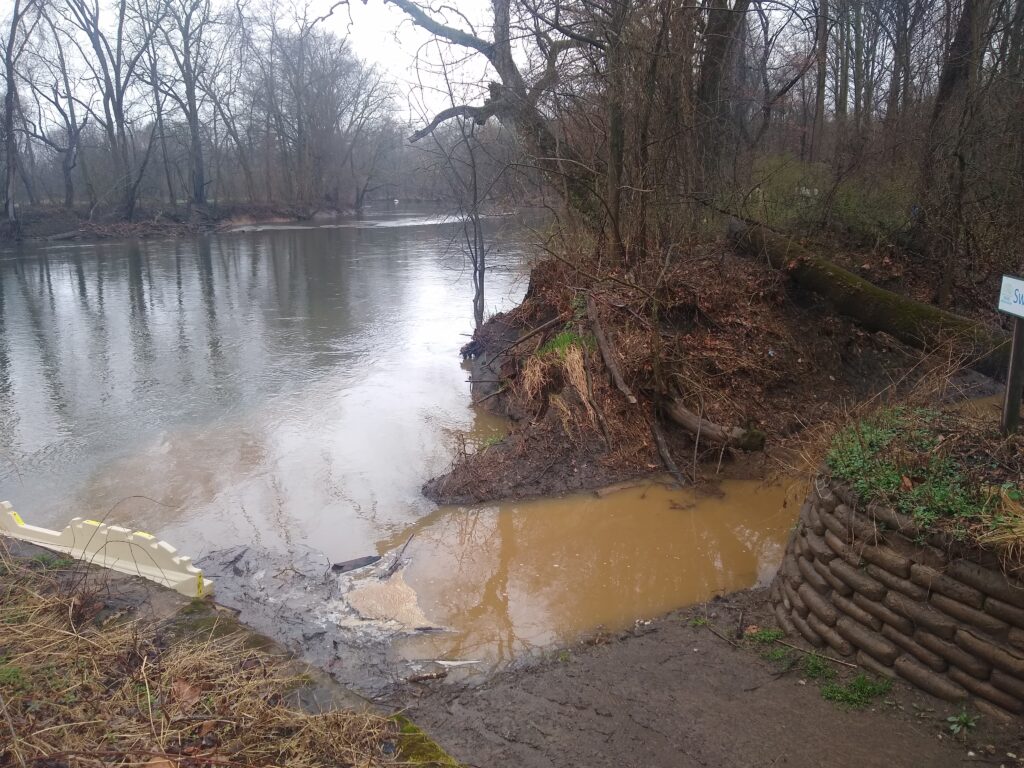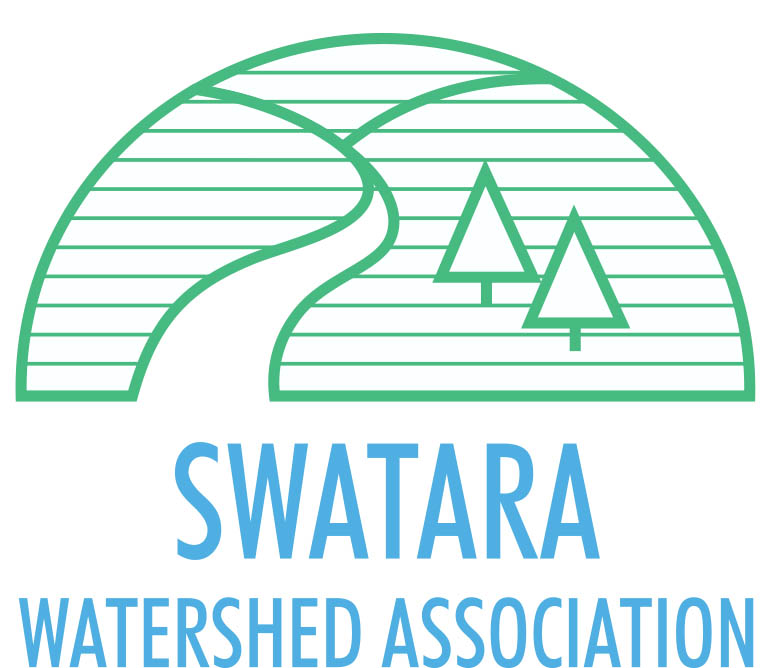
The number one polluter of the Swatara Creek is sediment. Sediment, mostly soil, makes its way into the creek during rain events from yards, farm fields and construction sites. Additionally, heavy rains can cause erosion of stream banks throughout the watershed, which makes its way into the creek. To combat the streambank erosion and to stop sediment carried in runoff it is imperative that we install and maintain riparian buffers along the Swatara Creek and its tributaries. Tree roots help to hold the soil in place, and keep it from eroding into the Swatara Creek. Even small streams that are sometimes dry contribute to the sediment load of the creek.
The use of Best Management Practices (BMPS) can limit the amount of soil erosion and fertilizer runoff that can occur from agricultural fields. The use of which in turn helps farmer to keep their topsoil for growing crops instead of it ending up in the creek. Likewise, homeowners who maintain good vegetative cover don’t lose their lawns to erosion.
https://www.cbf.org/issues/agriculture/best-management-practices.html
Erosion can occur over time but also during large storm events. During 2018, the rainiest season on record for the Swatara Watershed, two major pipelines crisscrossed the Watershed exposing approximately 50 miles of earth that crossed all of our streams. The rains came when crops were on the fields helping to hold the soil in place, but the bare pipelines experienced significant erosion damage. Not just soil, but toilets, hay bales, generators, silt fencing, and more ended up in the Swatara Creek. The local contractor filed for bankruptcy.
